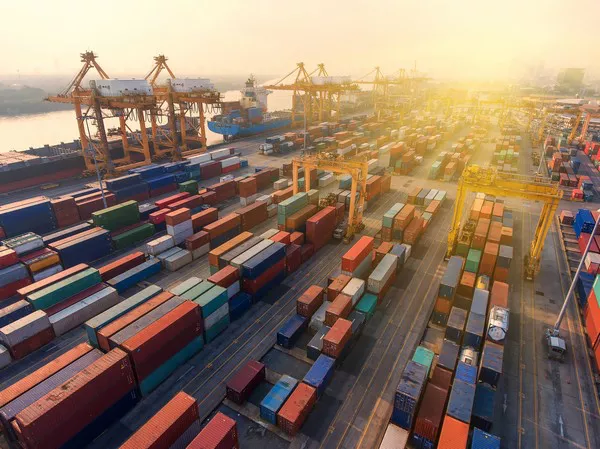In a significant shift influenced by evolving global dynamics and strained Sino-U.S. relations, China is poised to lose its longstanding position as the leading exporter to the United States after a 17-year reign. The shift reflects changes in supply chain strategies amid ongoing economic tensions between the world’s two largest economies.
Data released by the U.S. Commerce Department this week indicates that American imports of goods from China plummeted by over 20% during the January-November period. Consequently, China’s share of total U.S. imports dropped to 13.9%, the smallest proportion since 2004, after reaching a peak of over 21% around 2017. In contrast, U.S. exports to China remained relatively stagnant throughout the year.
Mexico is now poised to claim the top spot for the full year, marking the first time since 2000. U.S. imports from Mexico are on track to achieve a record high in 2023, constituting over 15% of the total for the initial 11 months of the year.
The European Union also experienced a surge in imports, reaching an all-time high during the same period. Despite a slight dip in shipments from the Association of Southeast Asian Nations (ASEAN), the bloc’s share of the total doubled over the past decade.
Japan, with a share of U.S. imports remaining below 5%, has seen a decline of more than half since 2000. This trend persists despite the appreciation of the yen in the past year, as Japanese manufacturers increased production within the United States.
The U.S. is actively diversifying its supplier base, particularly in areas like consumer electronics where dependence on China was historically high. Notably, smartphone imports from China decreased by approximately 10%, while imports from India surged fivefold. Similarly, laptop computer imports from China dropped by around 30%, while those from Vietnam quadrupled.
This diversification aligns with the Biden administration’s push for “friendshoring,” encouraging supply chains within allied and partner countries. The administration has also maintained tariffs on Chinese products worth $370 billion, initially imposed by former President Donald Trump.
Since China joined the World Trade Organization in 2001, the U.S. initially collaborated with Beijing on trade, seeking access to the vast Chinese consumer market. However, the Trump administration adopted a tougher stance due to concerns about China’s growing influence and the impact of inexpensive Chinese products on American manufacturing.
The Biden administration is contemplating additional tariff hikes on electric vehicles, solar power equipment, and less-advanced semiconductors, with a decision expected in the first half of this year.
The Federal Reserve has expressed concerns about the decline in U.S.-China trade impacting inflation. Some analysts predict that a shift to domestic production of previously cheap Chinese goods could raise prices by tightening the labor market.
In response to changing dynamics, Chinese companies are adjusting their U.S. business strategies, with some opting to invest more in Mexico. Notable examples include Hisense’s $260 million factory for appliance production and automaker JAC Motors establishing an assembly plant in Mexico. This shift is not entirely in line with U.S. hopes for local manufacturing through “friendshoring,” as some of the surging U.S. imports from various countries are considered transshipments rather than new local production.
In response to the changing landscape, the Chinese government is actively working to reduce its reliance on the U.S. for exports. This involves efforts to elevate the yuan’s role in international payments and boost exports to regions like Russia, the Middle East, and South America. Chinese auto exports, particularly gasoline-fueled vehicles facing weak domestic demand, have seen significant growth in regions like the Middle East and Africa.
As global economic dynamics continue to evolve, the once-unquestioned dominance of China as the top U.S. exporter faces a significant recalibration, reflecting the intricate interplay of geopolitical tensions and strategic realignments in the world of international trade.



























